The National Defence Academy’s first women cadets made headlines across India and beyond. On May 30, during its 148th Passing Out Parade, the National Defense Academy in Pune saw 17 women cadets graduate alongside 319 men for the first time since its establishment in 1954. We can see the media praising the women for breaking into a space that was long dominated by men for decades. It shows that we are finally starting to question old beliefs about who belongs where. It seems like a meaningful step toward gender equality, feminism and real empowerment.
But if we take a closer look, we must ask how feminist this change is. Does putting women into the military automatically mean that women’s rights have moved forward for us all? Or is it a change that doesn’t fix the bigger problems? But this moment shows that changing who is inside these institutions does not necessarily change how these systems work.
Feminism and the female state apparatus: replacing men?
Women joining the NDA is seen as a big step forward, but the truth is much more layered. We need to keep breaking gender stereotypes and open new career paths for women, but theories of feminism remind us that representation alone does not equate to true liberation.
The idea of apparatus explains to us why women replacing men within the same patriarchal system does not change the system itself. Feminist thinkers like Catharine MacKinnon and Nivedita Menon point out that even when women enter these spaces, the deeper hierarchies and power structures often stay the same.
This is not to dismiss the strength or achievements of the women cadets, which are very inspiring. But the celebration does risk being superficial: it shows women stepping into roles long held by men without challenging the patriarchal framework that governs these roles.
In the end, the NDA graduation seems less like a feminist victory and more of a symbolic swap where female soldiers replace male soldiers while the militarised system stays unchanged.
Militarism and feminism: an uneasy relationship
Militarism is built on discipline, hierarchy, control, and violence, which are some traits that are often associated with masculinity by our society, while feminism works to undo systems of oppression, center care and justice, and resist violence. The values of feminism stand in tension with those of militarism.
When women join the military, they challenge old ideas about who holds power and what it looks like.
When women join the military, they challenge old ideas about who holds power and what it looks like. It pushes us to think about leadership beyond its usual norms. Some feminist scholars argue that including women in the military can open space for change from within, while others worry that it simply fits women into an already existing patriarchal system. This tension becomes more complicated, especially in countries like India, where militarism, nationalism, and gender are deeply connected.
Understanding this balance helps us see that feminism and militarism have a complicated relationship, which asks us to have conversations about how we think of gender and power.
The optics of inclusion: militarism’s legitimacy
The Graduation also works as a powerful optics move. The military highlights women cadets to create an image of gender equality, wanting to show itself as more progressive. Media narratives that frame them as symbols of empowerment suggest that feminism means proving women can succeed in patriarchal spaces, especially militarised ones. But who decides what counts as feminism?
This framing that we see leaves out deeper struggles, like caste and religious discrimination within the armed forces. More than that, it turns feminism into a kind of PR story, one that hides the harder truths. Actual issues like sexual harassment, role segregation, and lack of access to combat leadership that women face are often ignored. By celebrating inclusion without fixing deeper issues at hand, the system ends up looking progressive, without actually changing much.
What the celebration erases: surface-level limits
While the graduation is being called a major win for women, the focus stays mostly on individual success and symbolic milestones. This leaves out the bigger picture, like the ongoing barriers within the military and society that haven’t changed.
The celebration also avoids asking tougher questions: Who gets to access this space? Is it truly equal for everyone, including women from marginalised castes, religions, disabled communities, or queer identities?
Saying that “women in uniform” is a win for feminism can make it all about visibility and about just being seen.
Saying that “women in uniform” is a win for feminism can make it all about visibility and about just being seen. But feminism has to be more than that. Without real change in the system, visibility alone doesn’t go very far
Feminism beyond uniforms: rethinking empowerment
What would real progress look like if feminism is not just about adding women to already existing patriarchal structures? True empowerment is more than just fitting; it’s about challenging the kind of power that relies on control, violence, and hierarchy, the kind we often see in militarism. Feminism teaches us to rethink the idea we have of leadership, not as solely something based on rank or uniform, but also built on shared justice and community.
Progress does not always look like big headlines. But it is people in their neighborhoods organising for change, helping each other, and showing up, doing the slow and quiet work. It’s those fighting caste and religious injustice, supporting survivors when no one else listens, demanding reproductive rights, or building fairer ways to live and work. These aren’t headline-making moments, but they’re real. They shift power from the ground up, instead of just dressing it up at the top. That’s what real change looks like, not just who gets into the room, but how the room itself begins to change.
Symbolic inclusion is not liberation
The NDA Graduation is being celebrated as a big feminist win. And yes, the women cadet’s determination deserves all the credit. That was never the question. But we need to see what is changing here. This is still the same system that’s built on control, hierarchy, and violence, now, with just women in it.
Feminism isn’t about putting women into existing power structures, but about asking whether those structures are worth keeping at all. It is not about who wears the uniform, it’s about what the uniform stands for. If we stop at inclusion, we miss the point. The goal isn’t just to see women in power. It’s time to rethink how power works in the first place.
About the author(s)
Juhi Sanduja is an Editorial Intern at Feminism In India (FII). She is passionate about intersectional feminism, with a keen interest in documenting resistance, feminist histories, and questions of identity. She previously interned at the Centre of Policy Research and Governance (CPRG), Delhi, as a Research Intern. Currently studying English Literature and French, she is particularly interested in how feminist thought can inform public policy and drive social change.
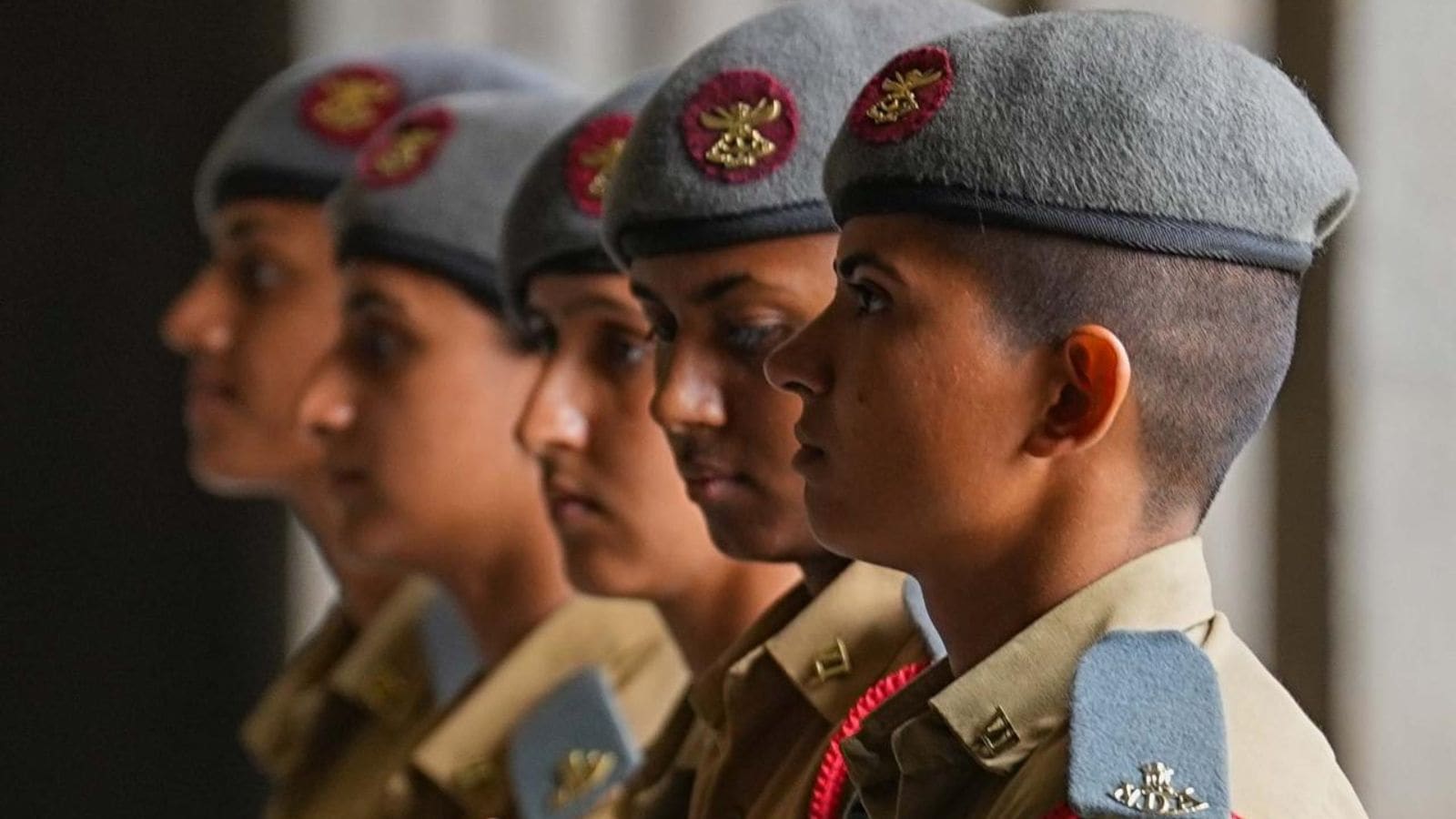

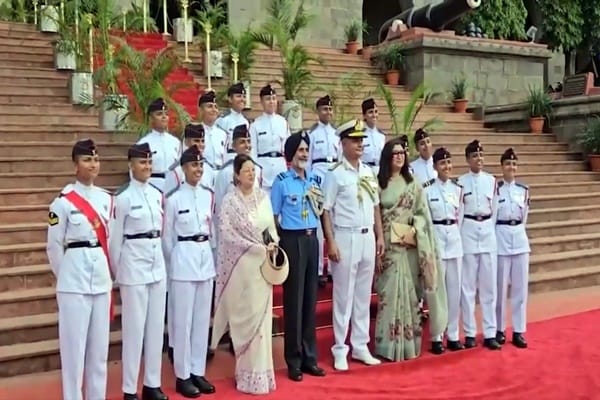
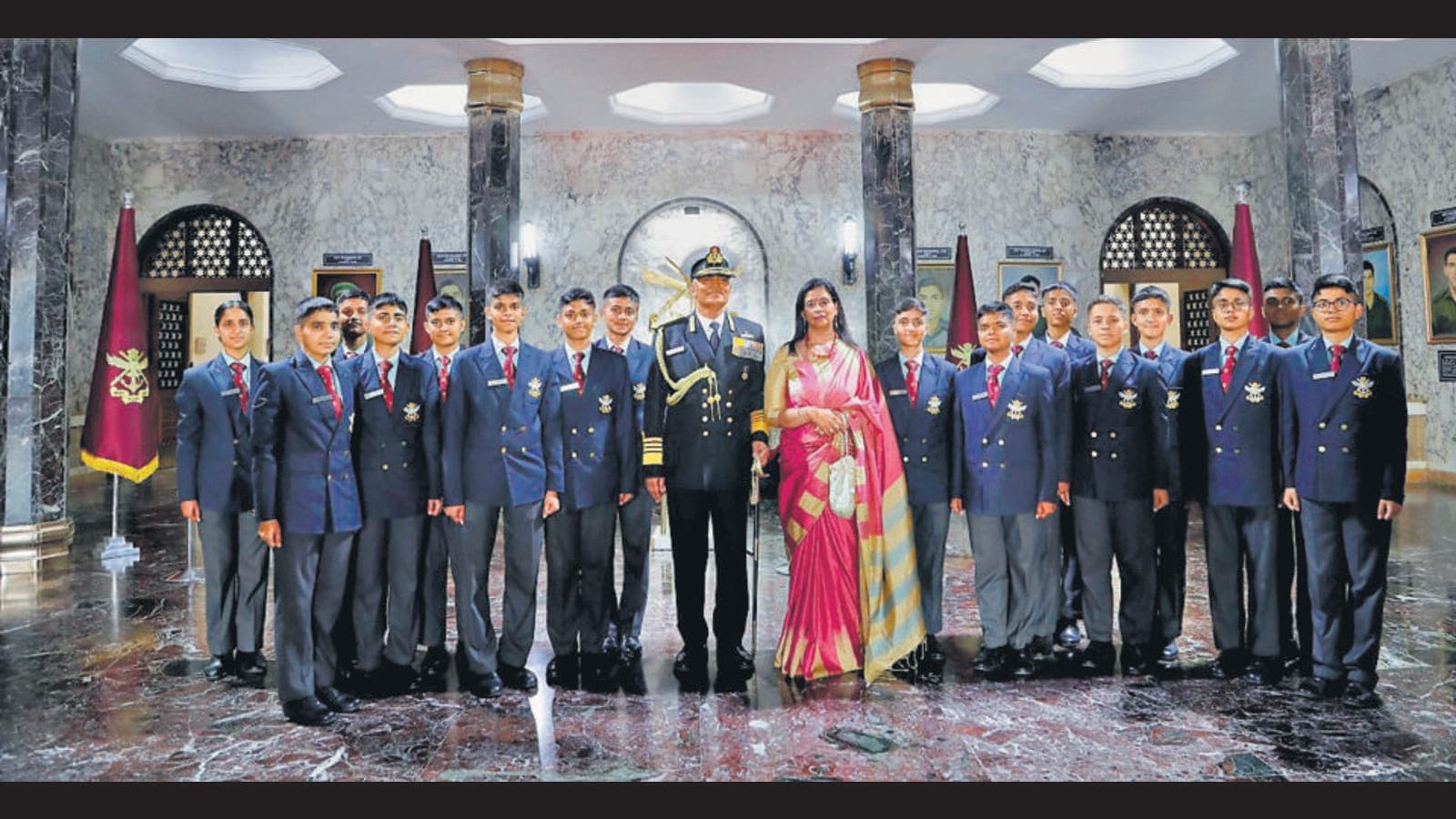

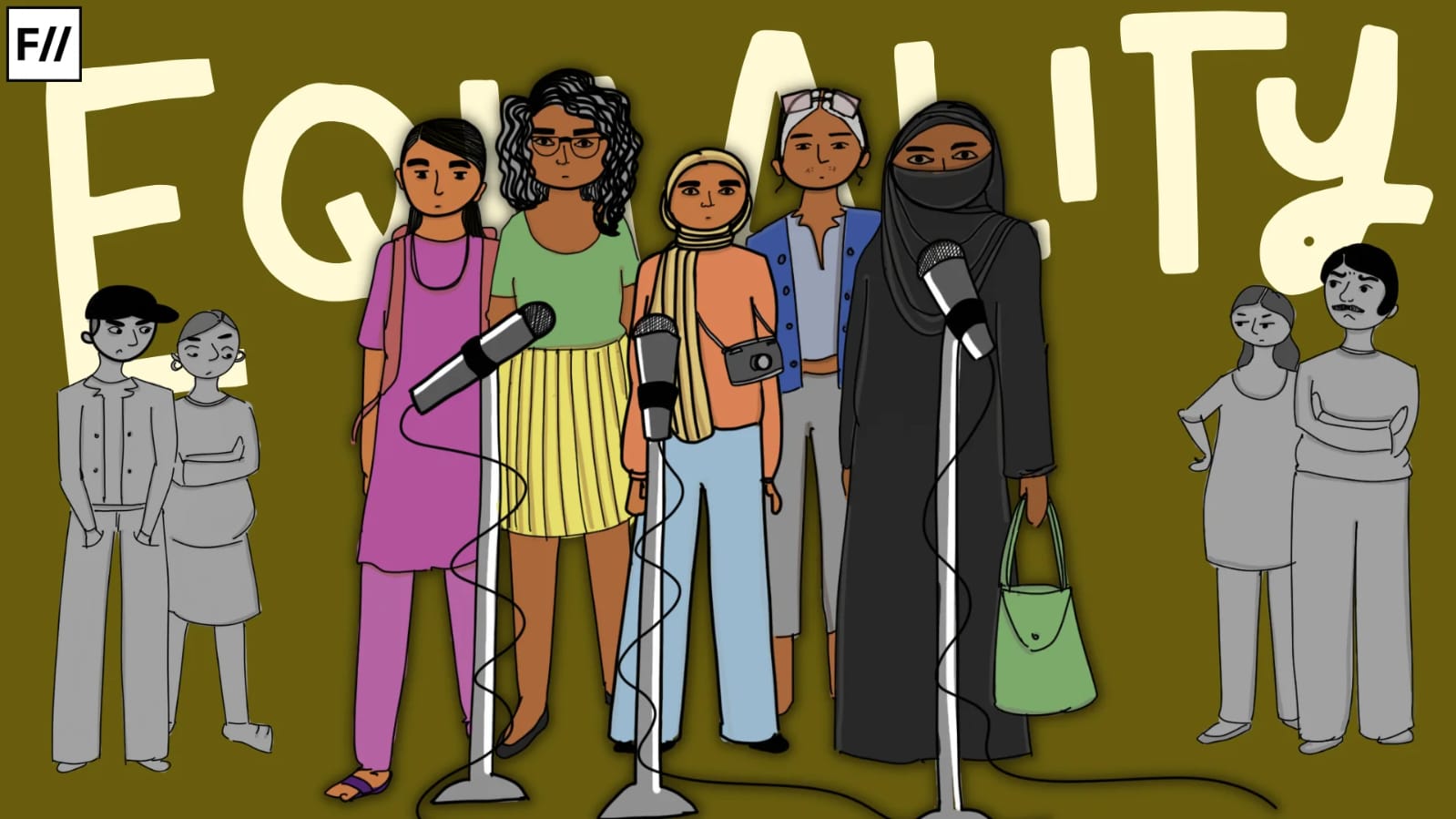
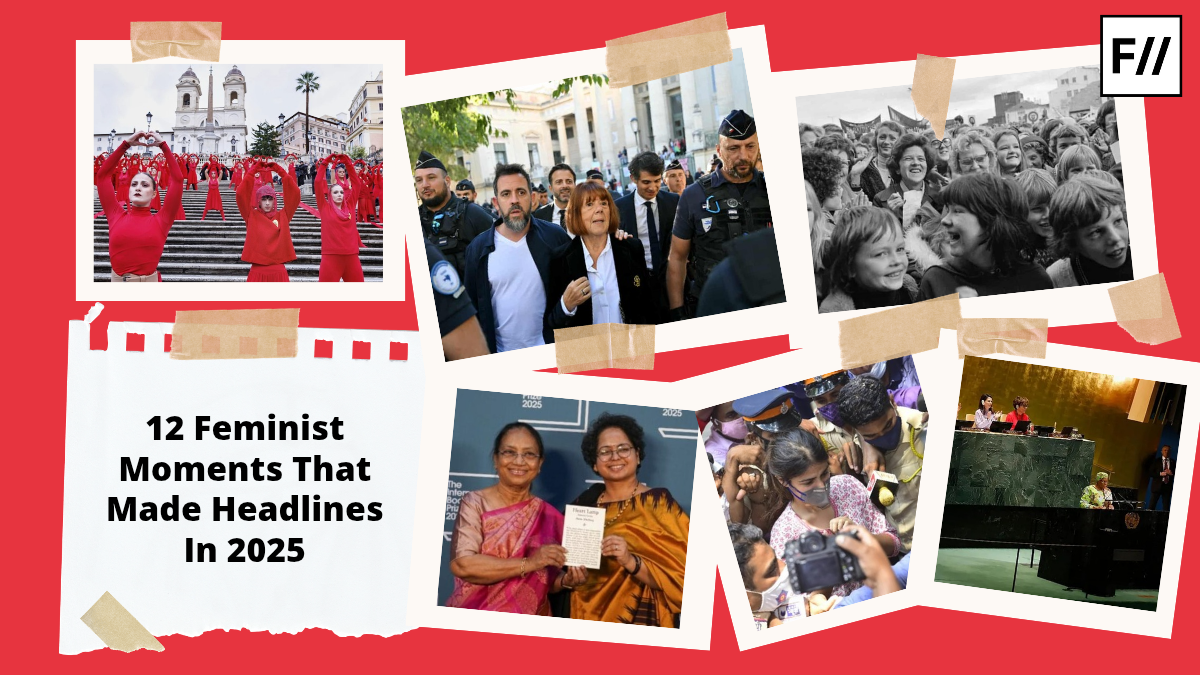
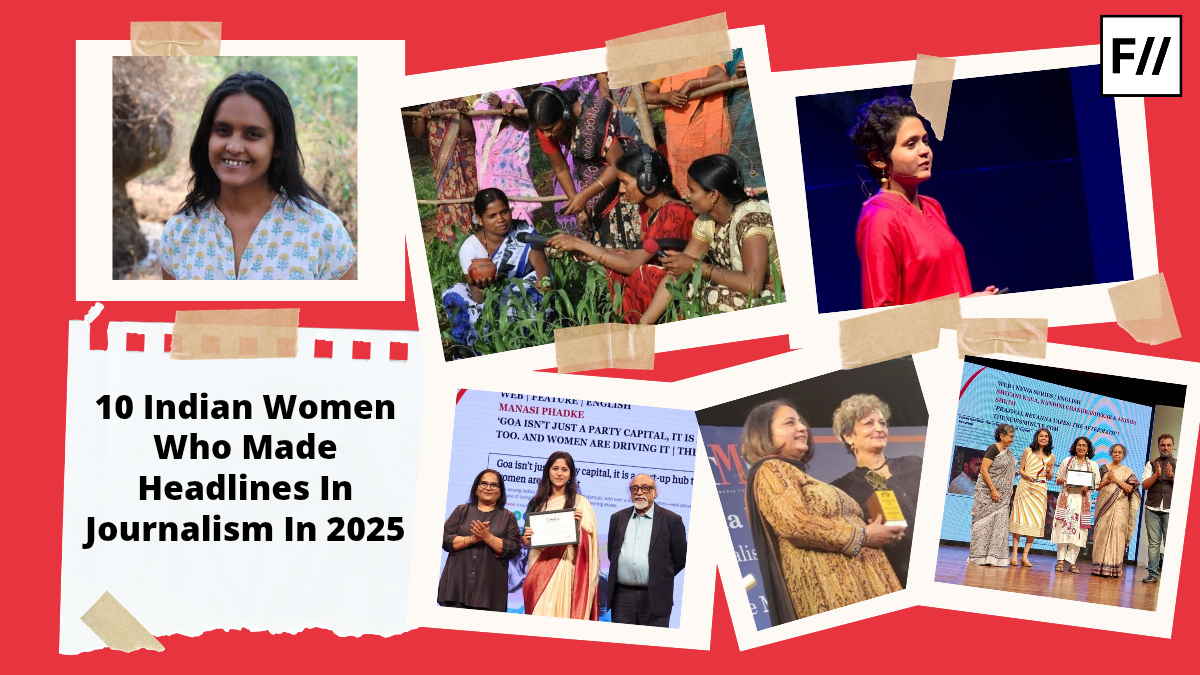

The article barely addresses feminism and gender discrimination in a meaningful way, and it lacks clarity in what it’s trying to convey. The military requires a certain level of discipline, which applies equally to both men and women who choose to join. Women are fully aware of the challenges when they enter the armed forces. Issues like sexual harassment, while serious, are not exclusive to the NDA—they exist across various sectors. Mutual respect and maintaining professional boundaries should be upheld, regardless of gender. If you’re going to write on such critical topics, ensure your research is thorough and your arguments are backed by solid, data-driven insights.